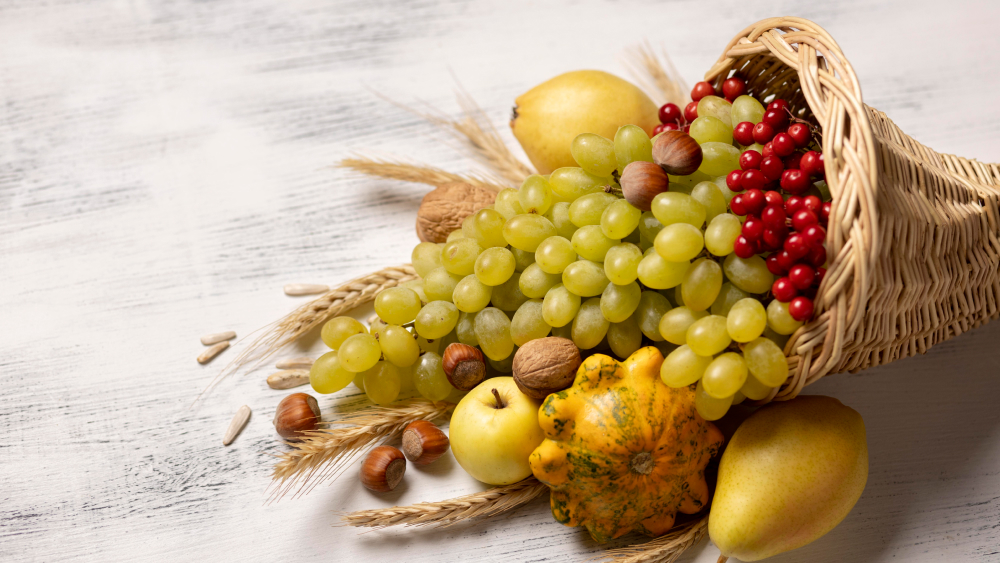
The cornucopia, often referred to as the ‘horn of plenty,’ is a symbol that has permeated various cultures and historical periods, embodying abundance and the bounty of the harvest. As we delve into understanding what is a cornucopia, its origins, and its symbolic presence, especially during Thanksgiving, we explore not just a physical object but a representation of prosperity and gratitude that has stood the test of time.
What is the Meaning of Cornucopia?
The term “cornucopia” is derived from two Latin words: “cornu,” meaning horn, and “copia,” meaning plenty. Symbolizing abundance and prosperity, the cornucopia is typically depicted as a large, curved horn overflowing with fruits, nuts, flowers, and other goods. In modern contexts, especially in thanksgiving arrangements, it represents a harvest and the blessings and sustenance provided during the fall season.
Where Did Cornucopia Come From?
The cornucopia origin can be traced back to Greek and Roman mythology. One of the most popular myths involves the infant Zeus, who was hidden from his father, Cronus, and was nourished by a goat named Amalthea. In gratitude, Zeus later placed Amalthea amongst the stars, and her horn, which accidentally broke off, was transformed into a symbol of unending abundance. The cornucopia has since been depicted in various forms of art and culture, symbolizing prosperity, fertility, and nature’s bounty across different civilizations and eras.
Why is the Cornucopia a Symbol of Thanksgiving?
The cornucopia symbolism during Thanksgiving is deeply intertwined with the festival’s core theme of gratitude for the year’s harvest. The cornucopia, filled with seasonal fruits, vegetables, and flowers, is not only a visual feast but also a representation of the prosperity and fertility of the land. It embodies the spirit of giving thanks for plentiful harvests and the abundance provided by the earth, aligning seamlessly with the essence of Thanksgiving celebrations.
Design Options for the Cornucopia
When it comes to incorporating the cornucopia into festive décor, especially in Thanksgiving flowers and arrangements, there are myriad design options to explore. Traditional cornucopias often feature pumpkins, gourds, and autumnal foliage, while modern interpretations might include vibrant flowers, fruits, and various grains. The design can be tailored to personal preferences, incorporating elements that reflect individual tastes while maintaining the symbolic abundance that the cornucopia represents.
Conclusion
The cornucopia, while rooted in ancient mythology, continues to be a potent symbol of abundance, prosperity, and gratitude in contemporary celebrations, especially during Thanksgiving. Its rich history and symbolic meaning enhance our understanding and appreciation of the blessings and abundance that surround us, providing a tangible representation of thankfulness during the harvest season.



